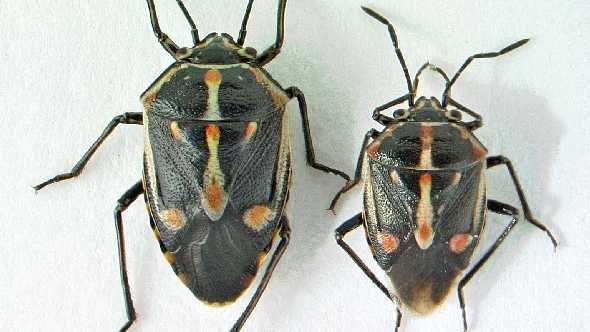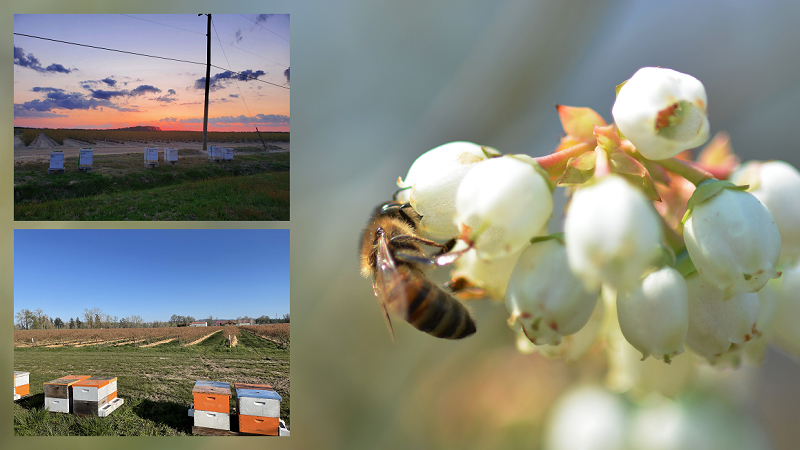Take The Battle To Bagrada Bugs
Crops Affected
The bagrada bug (Bagrada hilaris) is a type of stinkbug that can cause substantial damage to cruciferous crops such as broccoli, cabbage, mustards, and cauliflower.

Photo by Gevork Arakelian
Identification
The bagrada bug was first reported in the U.S. in California during 2008. It has since become a serious agricultural pest in the southwestern U.S.
The bagrada bug is not currently established in Florida. However, a number of interceptions have been made at Florida Department of Agriculture inspection stations. Due to the number of recent finds, and the ability of this pest to feed on many plants, the bug has the potential to establish in Florida. Therefore, monitoring, surveillance, and educational efforts have begun to facilitate early detection and rapid response as the insect continues to spread to other areas.
Typical of plant-feeding bugs, bagrada bugs use their needle-like mouthparts to pierce and feed on plants and their seeds. Depending on the crop, plant age, and plant part they feed on, damage can include leaf spotting, wilting, desiccation, scorching, stunting, and central stem tip death causing multiple branches or crowns, including in some instances, death of the whole plant.
Damage results in unmarketable crops of leafy crucifers. Crops such as broccoli, cauliflower, and cabbage may not produce any heads at all due to the damage.
The adult body is shield-shaped. The coloration of the adult is black with red and yellow markings, and is very similar to the harlequin bug; however, the harlequin bug has perpendicular markings, and the bagrada bug has markings predominantly running lengthwise.
Bagrada bugs have five nymphal stages. First instars are bright red. The abdomen remains reddish and develops some black bands and white dots as the early nymphal stages advance. Late instars are darker and have pale to dark-red markings. Eggs have an opaque, white to red hue. Nymphs emerge after roughly three to four days during optimal temperature conditions.
Survival And Spread
Oviposition typically occurs on the undersides of cotyledons, leaves, stems, and in the soil near the base of plants. Eggs are commonly laid singly and close together. Each adult female can produce more than 100 eggs during a season.
Bagrada bugs can become a major pest in cole crops as multiple overlapping generations occur. If these are not present, they can infest a wide range of other crops including a variety of grasses, legumes, and weedy species.
Management Methods
Early detection is crucial due to the ability of bagrada bug populations to rapidly increase. Monitoring should begin before planting by scouting and inspecting plants and plant shipments. Since the insect resembles harlequin bugs and several other stinkbugs, growers should seek professional assistance in identification if they suspect the presence of this insect.
Weed control and destruction of crop residues after harvest and in the off season may help reduce sources of infestation. Trials in Arizona demonstrated positive results using pyrethroids, neonicotinoids, and organophosphate insecticides to control bagrada bugs.
Biopesticides approved for use in organic production have not provided adequate protection.










